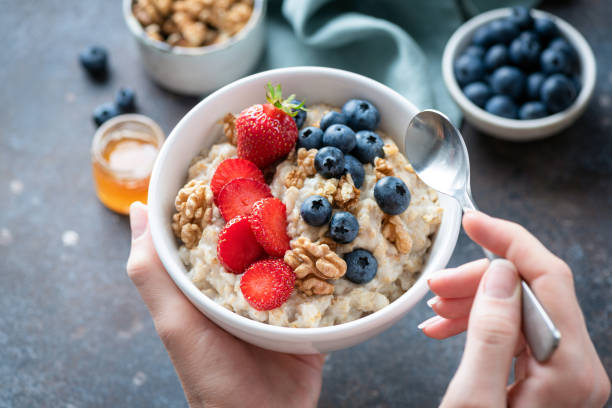Understanding and converting fractional measurements is a fundamental skill when it comes to cooking and baking. In this guide, we will explore how to make 2/3 cup using 1/4 cup increments. By converting fractions to a common denominator and finding equivalent fractions, you can easily achieve the desired measurement. Let’s dive into the step-by-step process.
Understanding Fractional Measurements:
- To work with fractions, it’s essential to grasp the concept of numerator and denominator. The numerator represents the quantity being measured, while the denominator indicates the total number of equal parts that make up the whole.
Converting Fractions to Common Denominators:
- When fractions have different denominators, it’s necessary to find a common denominator to add or subtract them. In our case, we want to convert 1/4 to the same denominator as 2/3.
Determining the Common Denominator:
- To find the common denominator, we need to identify the least common multiple (LCM) of the denominators 4 and 3. The LCM of 4 and 3 is 12.
Converting 1/4 to the Same Denominator as 2/3:
- To convert 1/4 to the denominator of 12, we need to multiply both the numerator and denominator by 3. This results in 3/12.
Finding Equivalent Fractions:
- An equivalent fraction represents the same portion or value but has a different numerator and denominator. By multiplying or dividing the numerator and denominator by the same number, we can obtain equivalent fractions.
Multiplying the Numerator and Denominator of 1/4:
- To convert 1/4 to an equivalent fraction with a denominator of 12, we multiply both the numerator and denominator by 3, resulting in 3/12.
The Value of 2/3 in Terms of 1/4:
- With 2/3 already having a denominator of 12, we can use it directly in our calculations.
Adding Fractions with the Same Denominator:
- To combine 2/3 and 3/12, we simply add their numerators while keeping the common denominator of 12. The sum is 17/12.
Combining 2/3 and 1/4:
- To make 2/3 cup with 1/4 cup increments, we need to add the fractions 2/3 and 1/4 together.
Simplifying the Sum of Fractions:
- Before we can add the fractions, it’s helpful to simplify them by finding a common denominator.
Finding a Common Denominator for 2/3 and 1/4:
- To find a common denominator, we identify the least common multiple (LCM) of the denominators 3 and 4, which is 12.
Expressing 2/3 as an Equivalent Fraction:
- To convert 2/3 to an equivalent fraction with a denominator of 12, we multiply both the numerator and denominator by 4, resulting in 8/12.
Converting 2/3 to a Fraction with a Denominator of 4:
- If we want to express 2/3 with a denominator of 4, we need to multiply both the numerator and denominator by 2, yielding 4/6.
Adding 2/3 and 1/4:
- Now that both fractions have a common denominator of 12, we can add them together. 2/3 + 1/4 equals 8/12 + 3/12, which simplifies to 11/12.
The Result: Expressing 2/3 Cup with 1/4 Cup Increments:
By following the steps above, we have determined that making 2/3 cup using 1/4 cup increments is equivalent to 11/12 cup. To achieve this measurement, you can measure out 1 cup and an additional 1/4 cup, or approximately 0.92 cups.
Conclusion:
Combining fractions and expressing them accurately is essential in achieving precise measurements in cooking and baking. By simplifying fractions, finding a common denominator, and converting fractions to equivalent forms, we have successfully demonstrated how to make 2/3 cup using 1/4 cup increments. Understanding these concepts empowers you to confidently follow recipes and make precise measurements, ensuring successful culinary outcomes.
